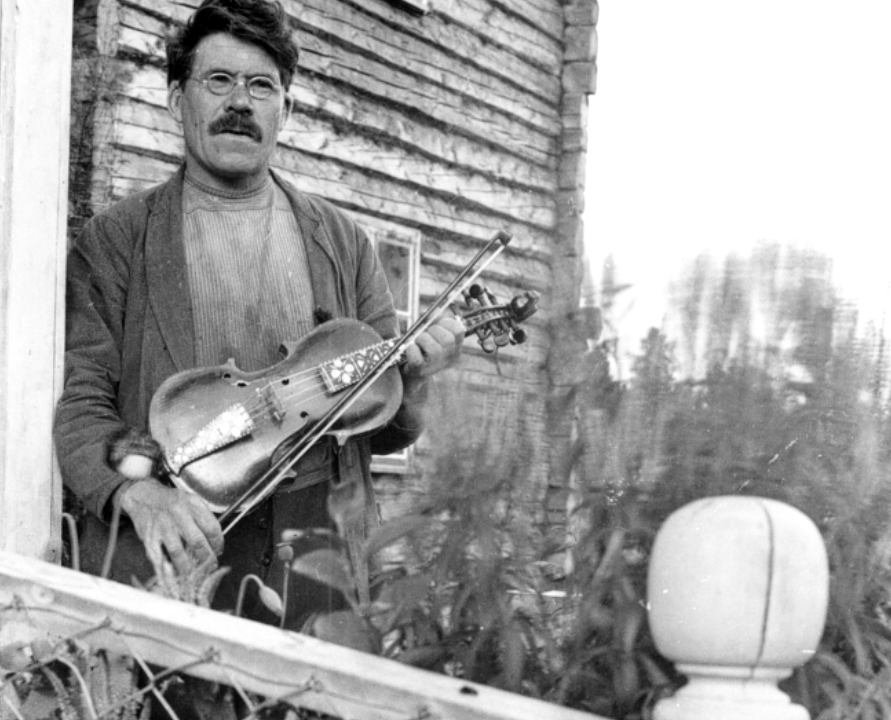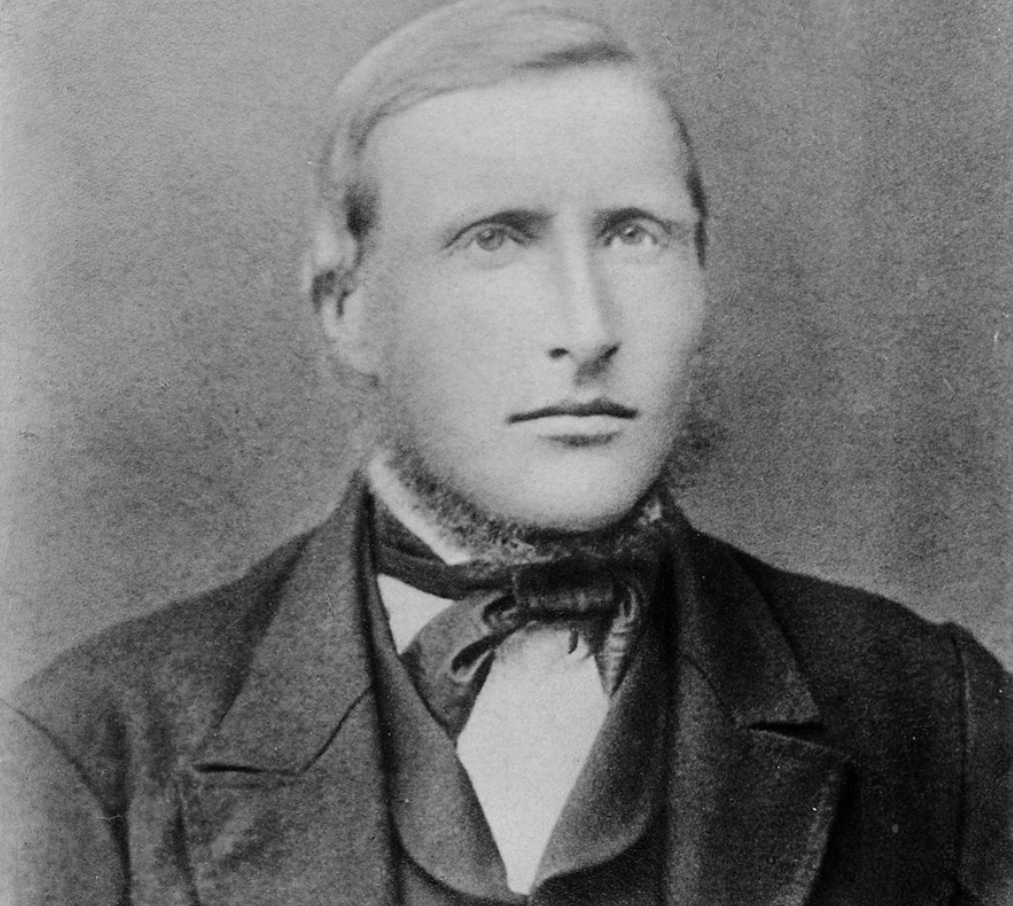Being a so-called “medievalist” living in America, not everybody can really relate to the niche of my academic background, and that requires me to resort to a few simplifications beyond what was required of me back home. Though prone to yapping, I keep it as my mantra to try to avoid what Nassim Taleb might call nerdery, that is information without charm. If people ask me what I "do" I usually just tell them I write about “Vikings”, and that’s usually enough to gauge their interest. To some the Viking is just a word in the dictionary, or a face on a TV-screen.
If you don’t know and don’t care too much about the prehistories of exotic nations, you can well be excused for finding it all a little too abstract. Scandinavia isn’t exactly the navel of the world. But I made an interesting observation that I’ll pretend surprised me more than it did, about the go-to image Americans tend to evoke when reminded that the Viking Age exists: The so-called Viking funeral.
Chuck another on the fire
You probably already know what I’m talking about: A dragon ship bobbing in the open ocean. The cold body of a chieftain resting atop a stack of treasure, dressed in his finest garments. Armed, armored even. A carefully meditated shot sends a single flaming arrow hurling towards it in an elegant arch, setting the scene ablaze. A delicately planned stage drama in its essence.
It will generally pop up in introductory social chit-chat situations. What’s new is that I never really reflected on how big of a meme this is, having surrendered it to the big pile of peculiar notions people have about Early Norse society that I stopped thinking about years ago. I don’t know how this became the distinguishing mark of Old Norse culture, but let’s entertain how this pop-culture saturated scenario would work in real life: To the untrained eye, it might appear to be off to an exciting start as the more combustible parts of the funeral vessel catches fire. Fabrics, straw, and other plant materials may give off intense, but short lived flames. Presuming the cremation platform was constructed by an expert, that it is ventilated, dry, the fire may well continue burning for a while.
The emerging issue is that there is a great likelihood that the vessel would begin taking in water long before the body is finished cremating. Especially if the vessel in question is a boat rather than a full ship, which seems statistically likely and economically reasonable, if not exactly pyrotechnically sound.
Imagine the horrified faces of loved ones and old allies as the magnificent vessel begins to heel starboard, spewing smoke as the proud warrior's bloated body rolls off the pyre. The ballast might pull parts of the ship to the bottom of the ocean, while scattered pieces of wreckage, coal, charred straw, and indeed most if not all of the dead guy himself, would be bobbing in the surf soon after. I think it's safe to say that water does not provide ideal crematory conditions.
But the idea isn’t half bad. Though the mental image of the floating funeral pyre is an awkard one, we find most of its elements in Old Norse funerary practice and beliefs. Ship burials were in vogue in Early Norse culture, and by “Early Norse” I mean the Viking Era, the final stage of the Nordic Iron Age, before the start of the Nordic Middle Ages. They also practiced cremation, among other things. Sometimes in combination with boat and ship burials, but physically at sea? Beyond mythological sources, the evidence ain’t too inclined.
What is a “burial” anyway?
The ship was but one of many symbols associated with the afterlife in pre-Christian Scandinavia. And though this makes sense for a seafaring culture, boat and ship burials were still comparatively rare. In reality, Scandinavian burial practices were amazingly diverse. Some people were afforded expensive burials with lavish grave goods, and complex, laboriously constructed monuments. This was partly dependent on social status, presumably, but but there must also have been other conditions and circumstances governing how a the dead were treated in any given year or location.
By the Viking Era, Scandinavians had already been building burial mounds for thousands of years, yielding innumerable burial mounds scattered across Scandinavia. A counterpoint to the international myth of the Viking buried at sea is the popular Scandinavian misconception that barrows typified how the dead were treated in the Viking Era, forgetting that these represent an accumulation of dead aristocrats across thousands of years. In reality, burial mounds are tremendously hard work, and only few important individuals were afforded such an honor, though old burial mounds were often reused, sometimes several times across everything from a few generations to thousands of years.
Monumental grave markers speak of power. Archaeologists assume that burial mounds followed times of conflict and political assertion. Iron Age burial mounds came with and without seafaring vessels, some were buried in wagons, or just the wagon box. Many were laid in flat ground, with or without (surviving) funerary monuments, while some were buried by or between standing stones. Some were even placed in small wooden structures, or laid under cliff overhangs. Some sat upright in their burial chambers, other lay down in their coffins. Some on their back, some prone. Some graves face east-west, others north-south. Some dead were laid down whole, others burned to ashes and scooped into a serving bowl. There are instances where people have been posthumously decapitated, crushed by heavy stones, or had their jaw removed and swapped for that of an animal. Due to the oftentimes extreme variation in burial practices in prehistoric Scandinavia, some archaeologists have argued whether we can talk about “typical” burials at all.
Its not uncommon to see neopagans fantasizing about elaborately furnished burials, but there’s every reason to believe that most people enjoyed simple burials that left few (if any) material traces for the distant future to observe. Through much of Scandinavian prehistory, cremation was practiced alongside inhumation (the more conventional meaning of “burial”). We know very little about how these cremations were organized and how they actually happened, but charred human remains in funerary contexts reveal that Iron Age, and even Bronze Age Scandinavians certainly weren’t one-trick ponies in that department. Evidence suggests they could choose between a range of different cremation techniques, which finally leads us to the main focus of this article.
Before the second half of the first millennium, the dead were usually cremated before their bones deposited somewhere else, while in the Viking Age, pyre and burial are often in the very same spot. Cremation may have been a practical way of dealing with the remains of people who died abroad, but they were also commonplace locally. It could be as simple as being cremated in some designated public or ritual space before being movied to a local cemetery or appropriate burial site, sometimes only a few yards away. In the first half of the Iron Age, they were often buried in an urn, pot or some other kind of vessel. As with all archaeological contexts, burials leave a lot to the imagination. But this is even more so the case with cremations. First and foremost because prehistoric Scandinavian cremation graves hardly contain any bones at all. What the fuck?

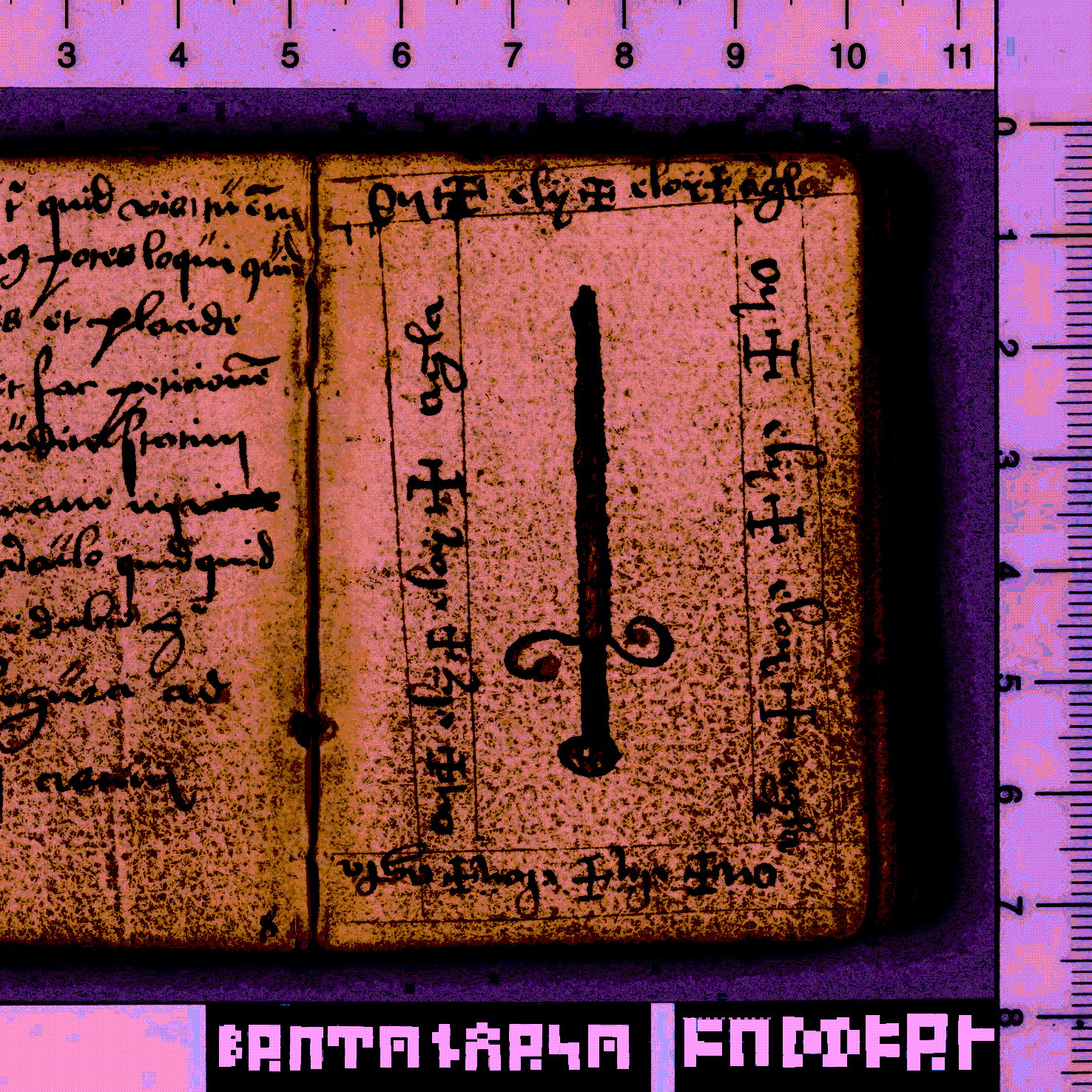
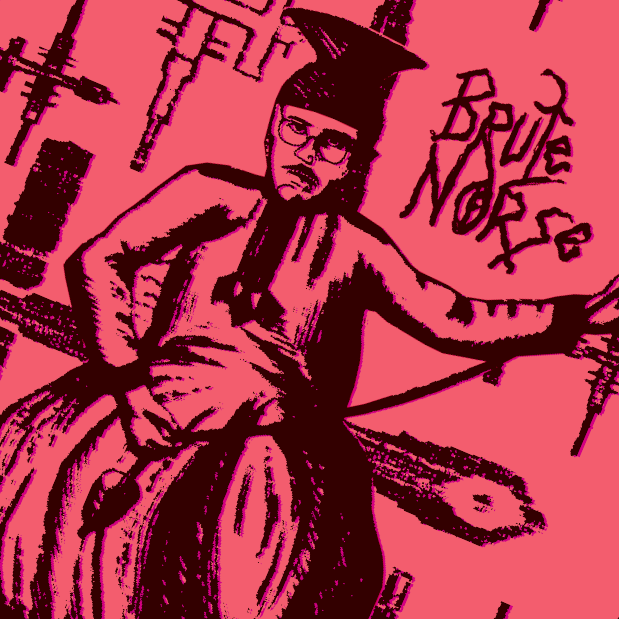



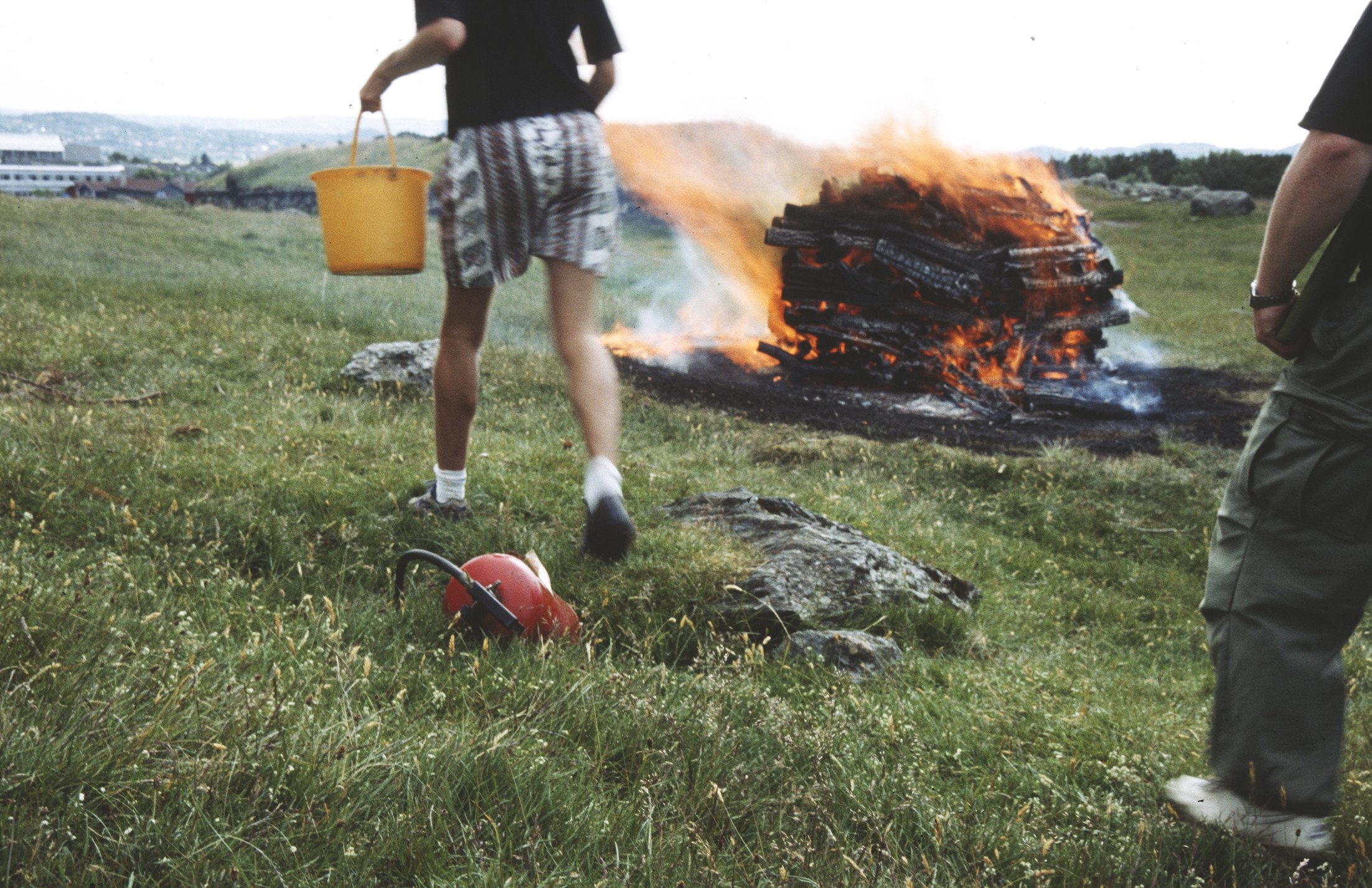



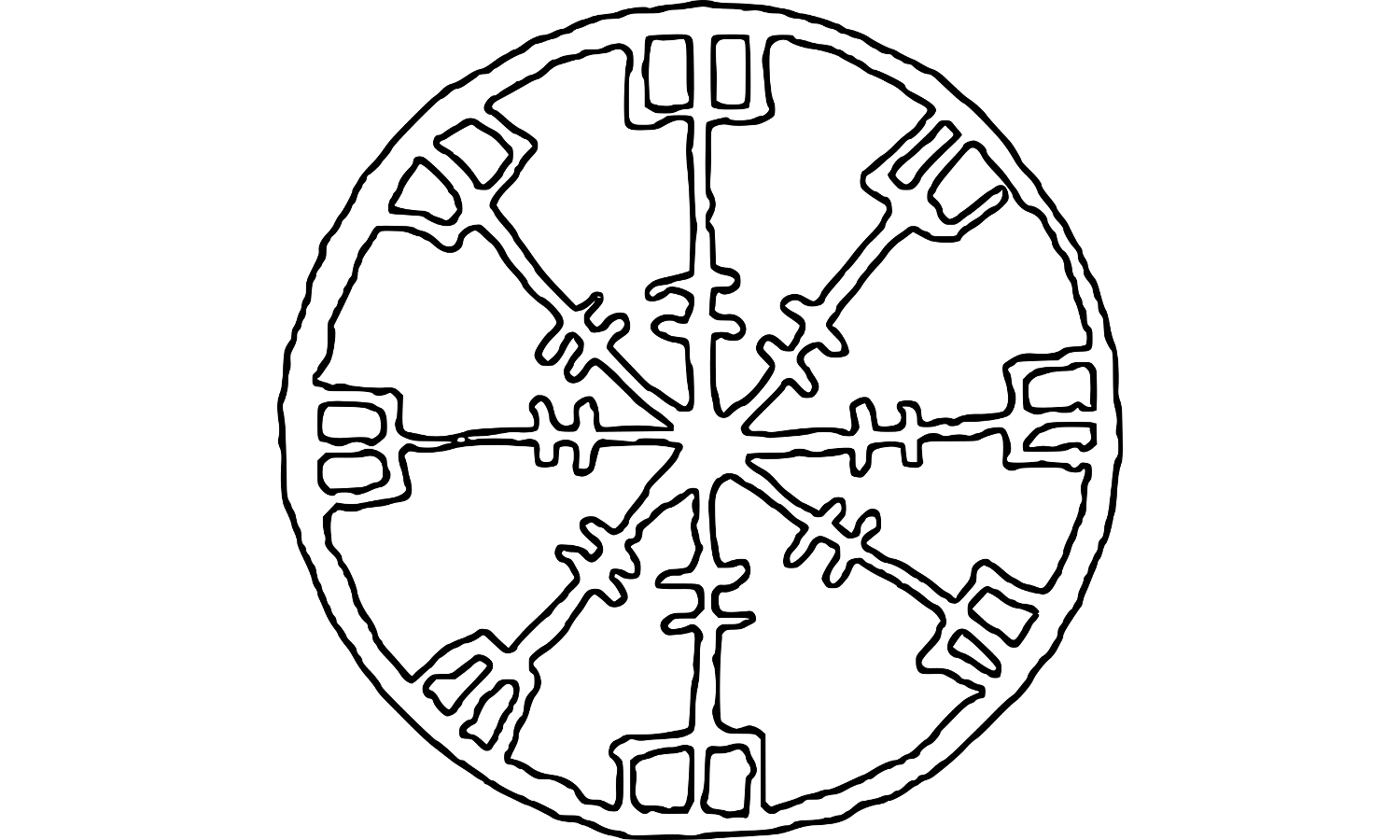







![“Þetta er ægirs hiálm n stóre [...] Þetta er Móises innsigle” JS 375 8vo, 46v](https://images.squarespace-cdn.com/content/v1/5a72d2a74c326d63a3136d7e/1542228419417-YBWQQWWOAF25YCB7QRDR/aegisstore.png)
















